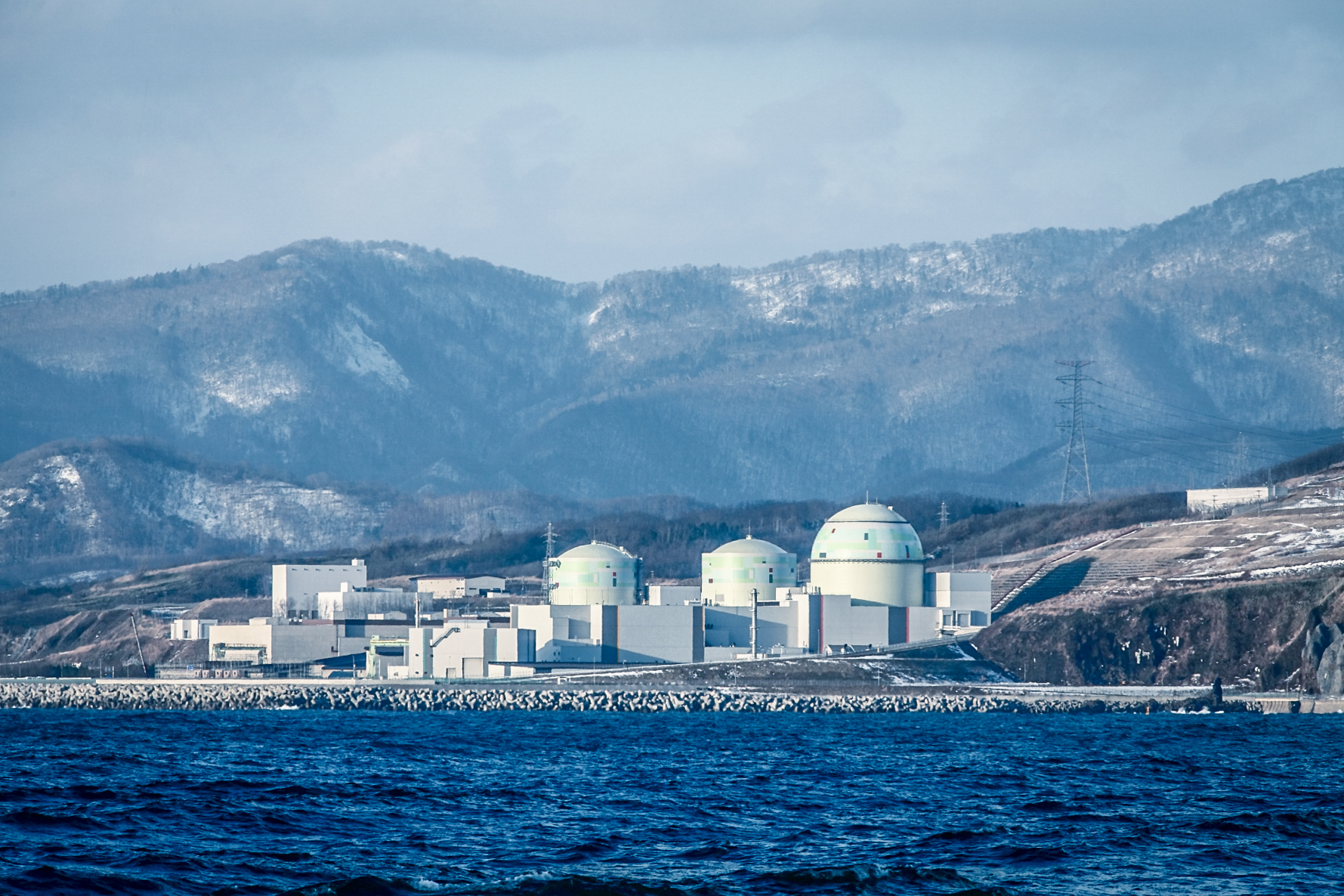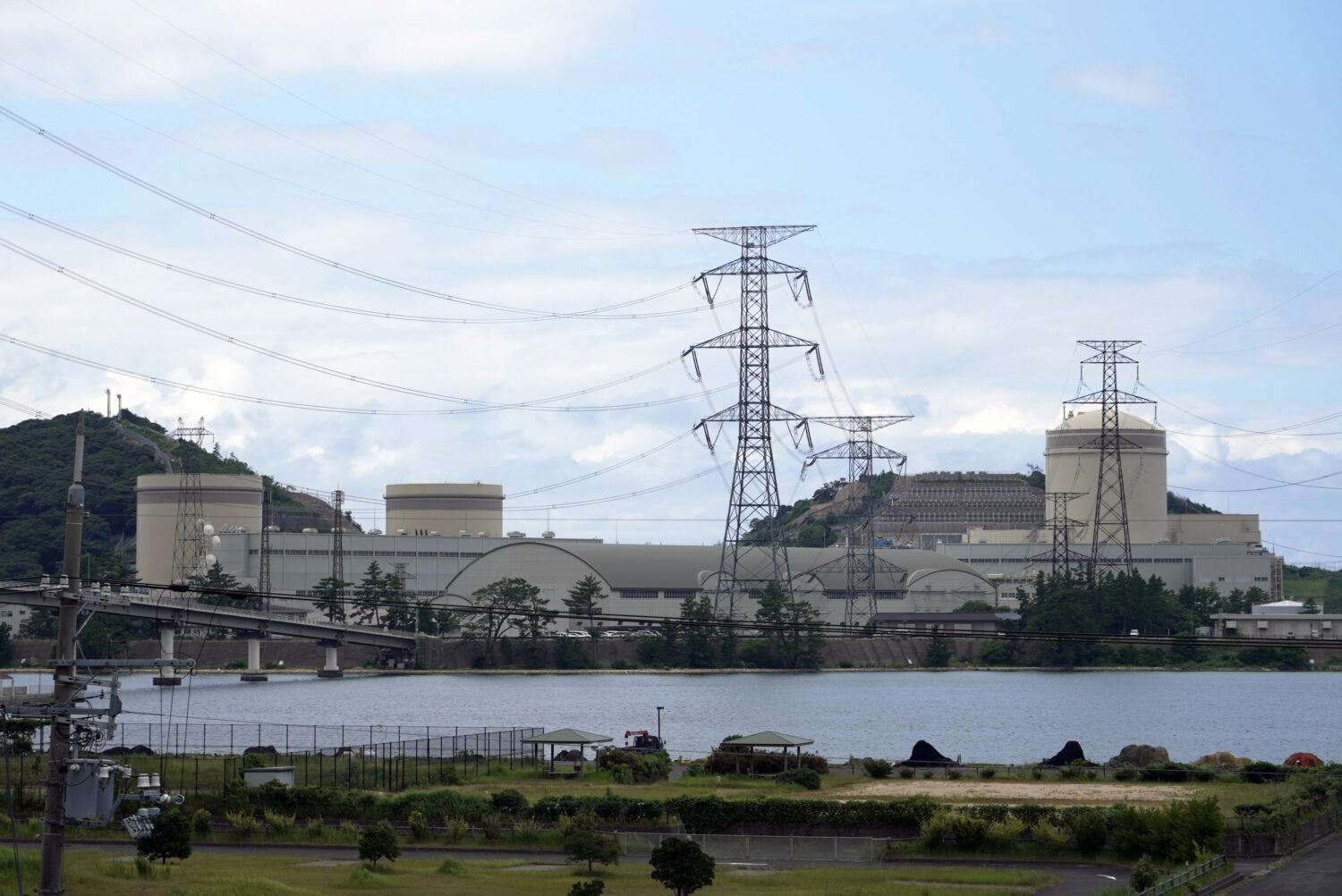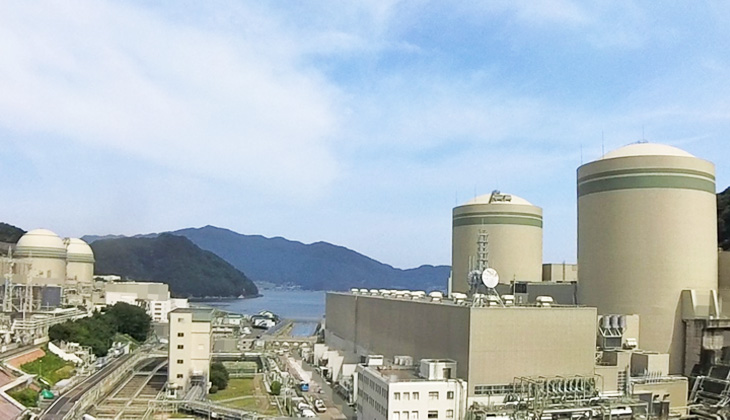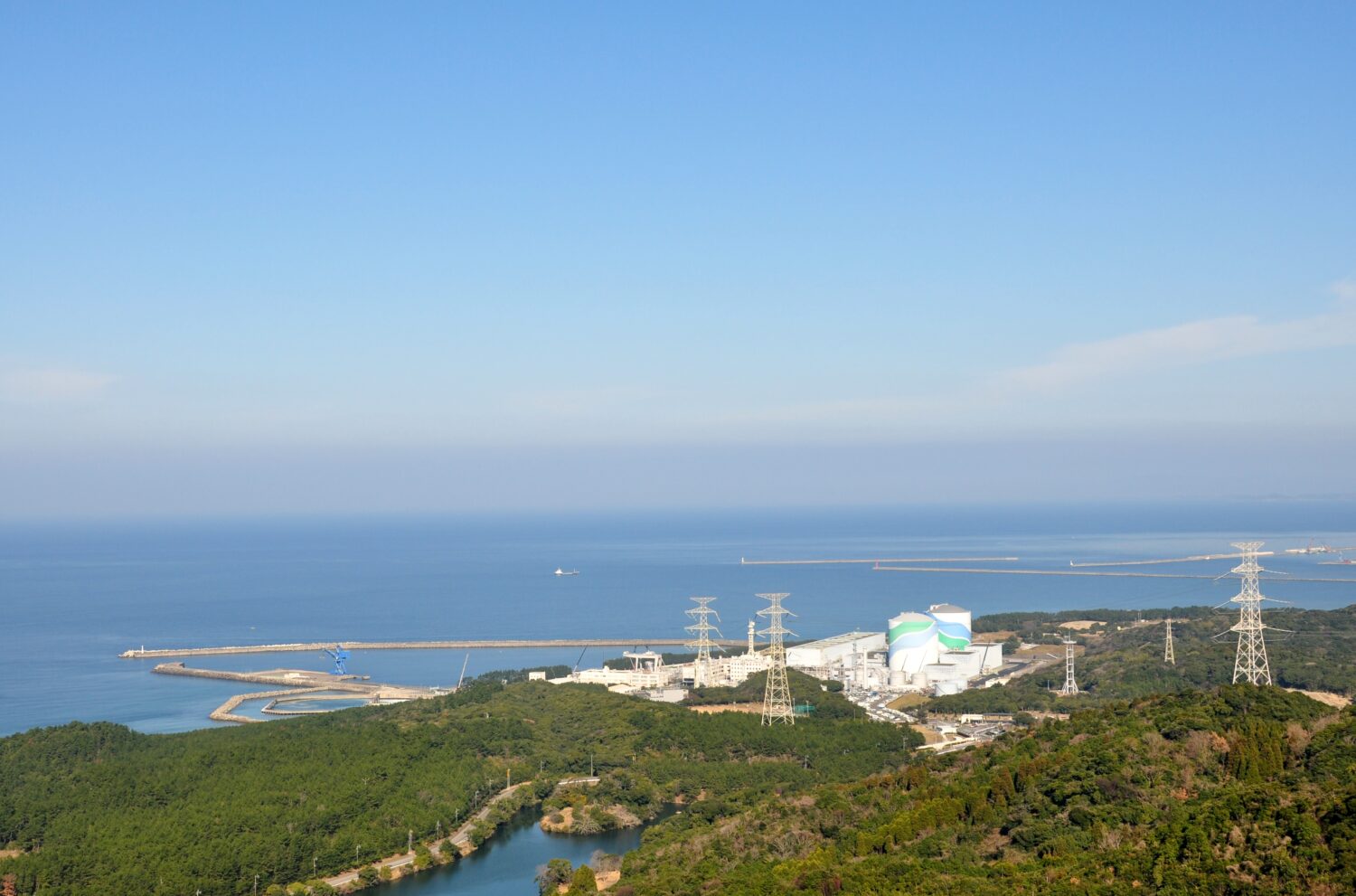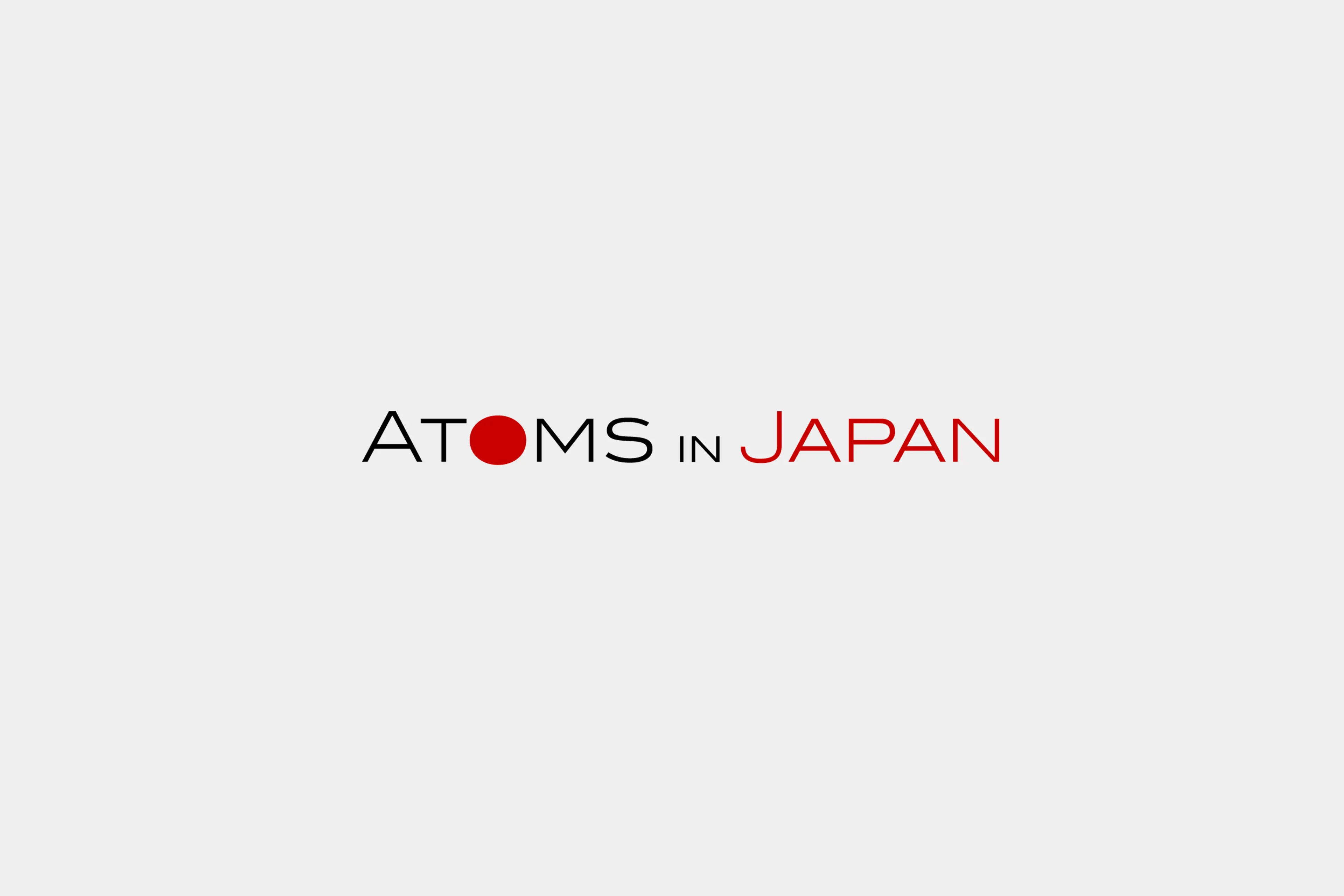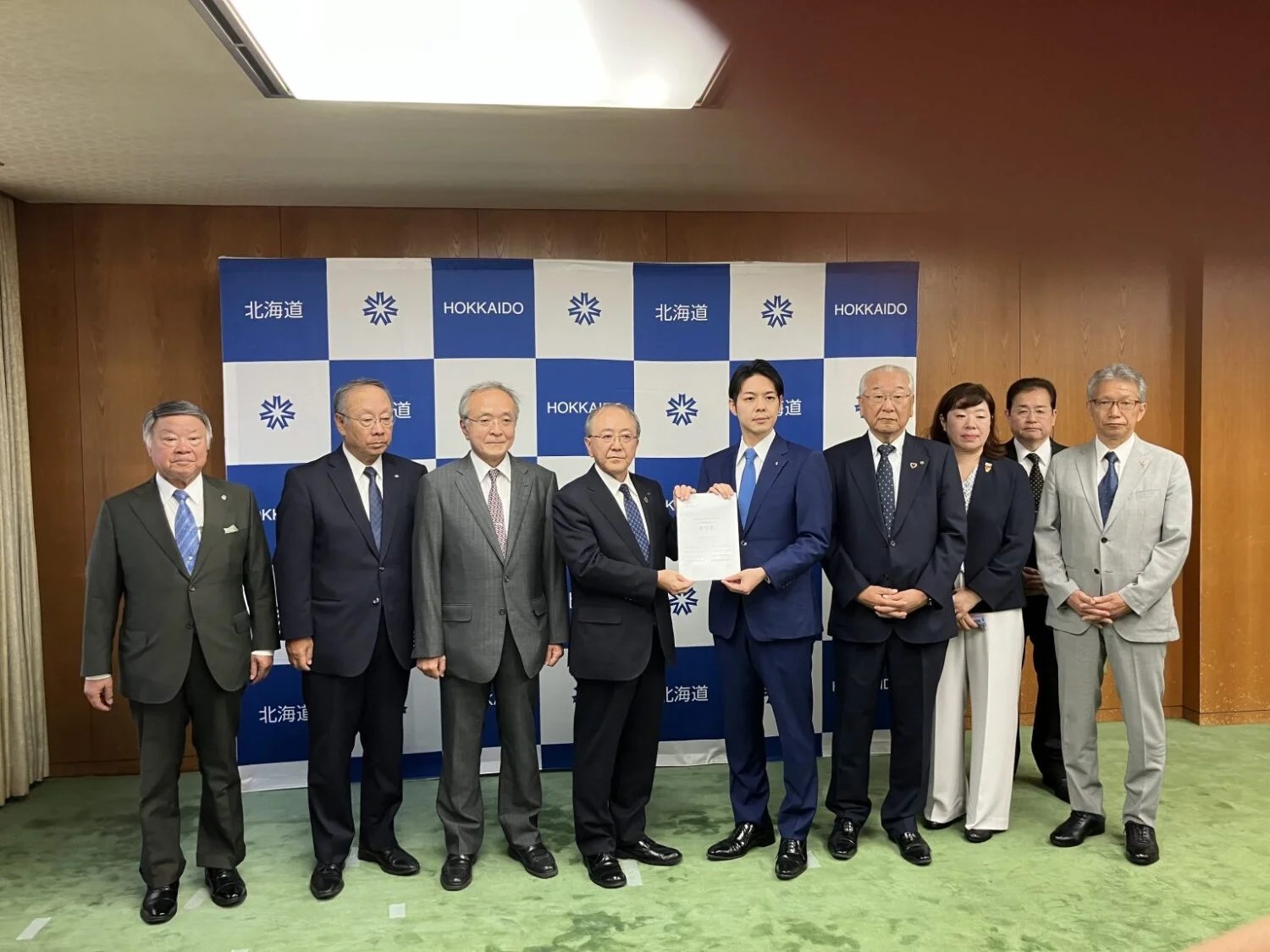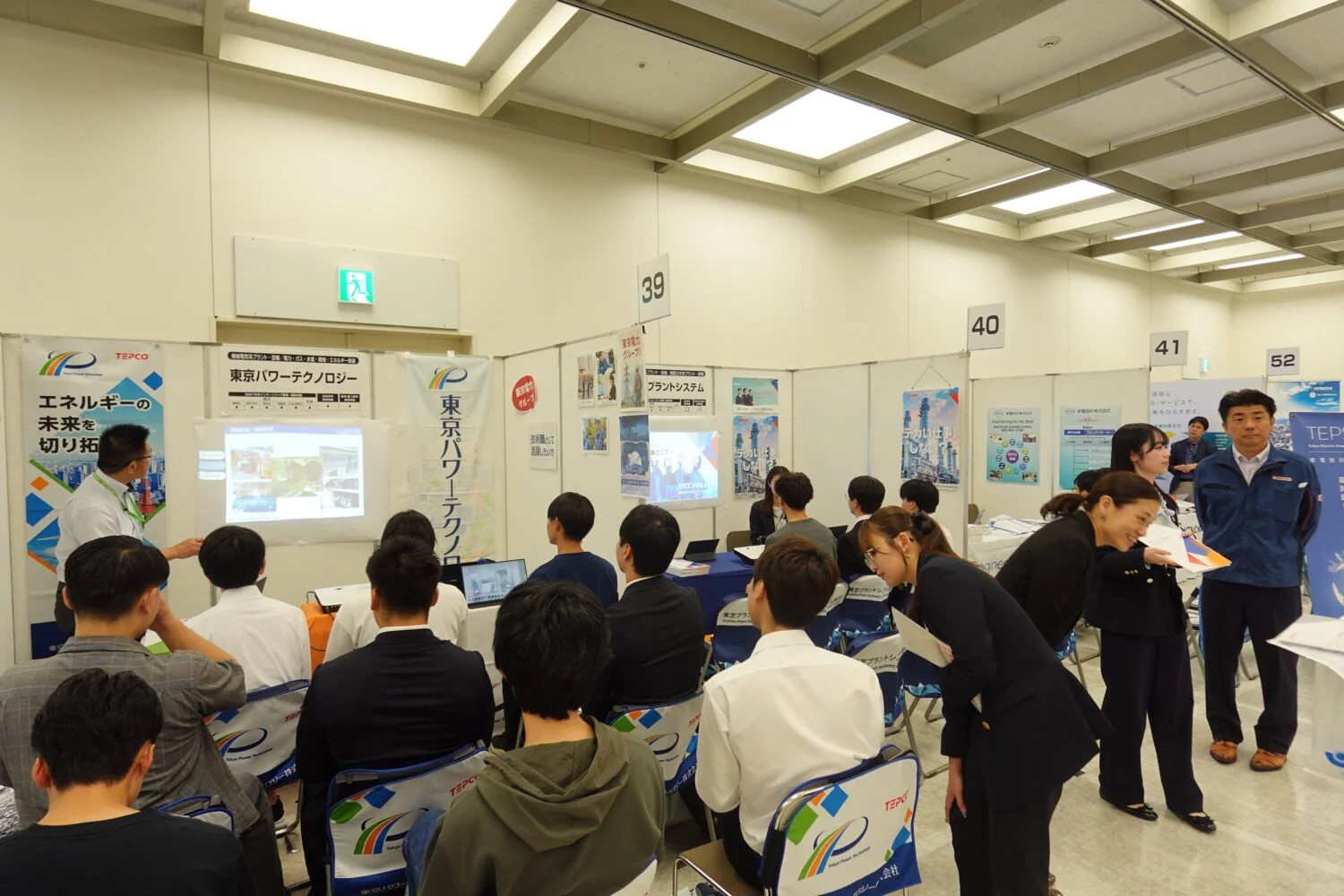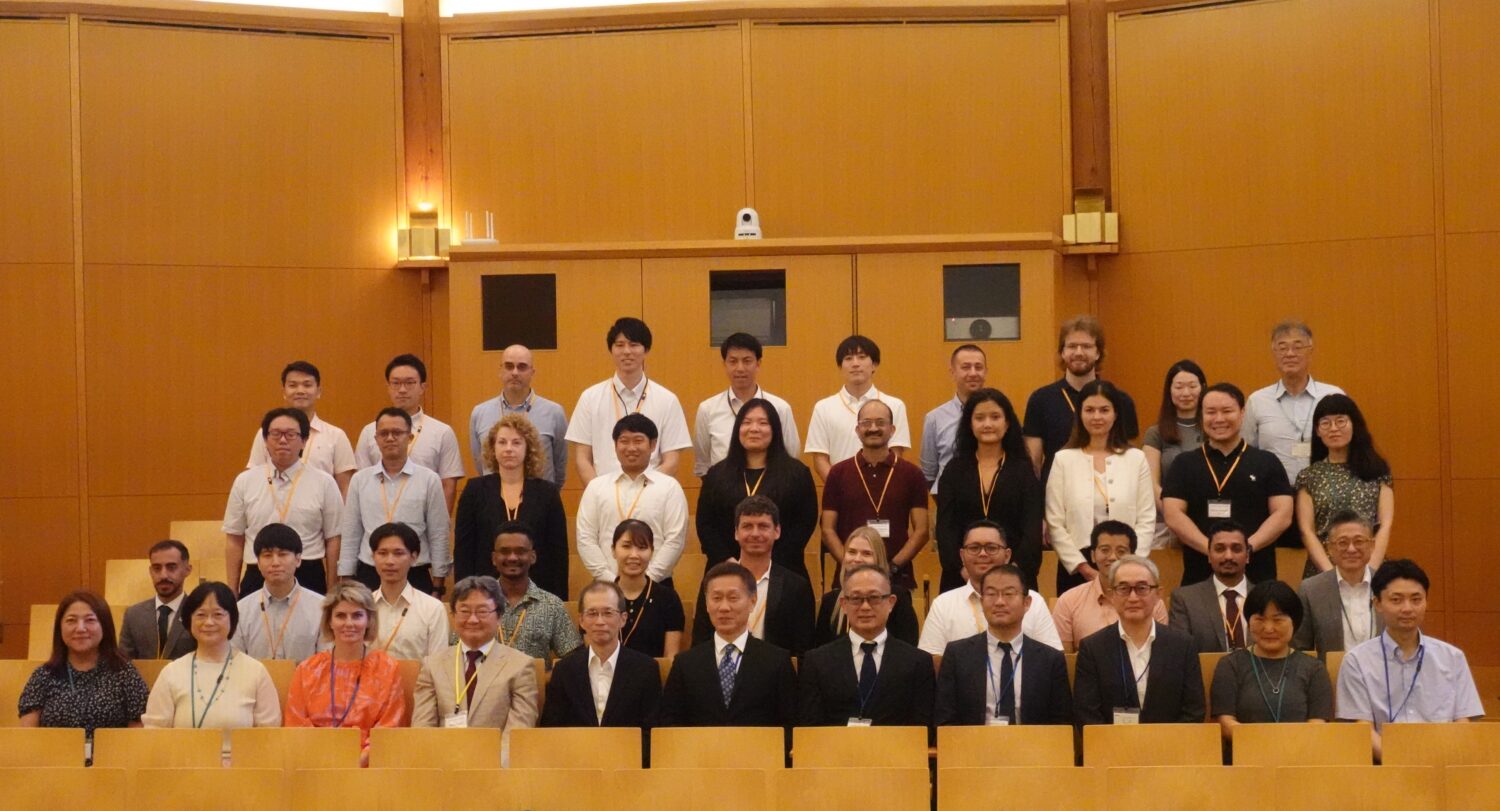Leaders from 25 municipalities hosting nuclear power plants (NPPs) across Japan gathered to present policy recommendations to the government on nuclear energy and related issues. The meeting approved 67 key action items for FY25 (April 2025 to March 2026), covering such areas as disaster recovery, safety regulations and disaster preparedness, nuclear energy policy, and local community measures.
Attending the meeting this time were TAKEUCHI Shinji, Parliamentary Vice-Minister of Economy, Trade and Industry, AKAMATSU Ken, Parliamentary Vice-Minister of Education, Culture, Sports, Science and Technology, and senior officials from relevant ministries including the Cabinet Office, the Nuclear Regulation Authority of Japan (NRA), and the Ministry of Land, Infrastructure, Transport and Tourism. They also participated in discussions with local representatives.
In his opening remarks ahead of the discussions with government officials, ZENGENKYO Chairman Yonezawa emphasized the diverse challenges faced by nuclear host communities. Referring to the newly adopted Strategic Energy Plan approved by the Cabinet in February, which explicitly mentions ‘maximizing the use of nuclear power,’ he urged, “Now more than ever, the voices of the frontline nuclear host communities should be reflected in future policies.” He also expressed a desire for local lawmakers to actively participate in listening to those voices.
Among the political representatives attending were MORI Eisuke, a Lower House member with previous experience in nuclear technology, and INADA Tomomi, former Chairperson of the Policy Research Council of the Liberal Democratic Party (LDP). Both listened closely to local concerns.
During the discussions, representatives from eight municipalities presented their views. Regarding nuclear disaster prevention, Mayor NOZAKI Naofumi of Oma Town, situated on the Shimokita Peninsula of Aomori Prefecture at the northern end of Honshu, highlighted the challenges unique to peninsular geography where his municipality was located and emphasized the need to renew the Daikan Maru ferry connecting Oma Town and Hakodate City, the latter of which is located on the southern end of Hokkaido. He requested subsidies to maintain the ferry route, underscoring the importance of improving disaster-prevention infrastructure beyond roads.
Meanwhile, concerning the indoor sheltering guidelines recently formulated by the NRA, Deputy Mayor WATANABE Nobuhiko of Ishinomaki City—home to the Onagawa NPPs recently restarted by the Tohoku Electric Power Co.—noted that the entire city lies within the area designated as the Urgent Protective Action Planning Zone (UPZ). He urged the creation and public dissemination of easily understandable Q&A materials for residents.
Also, regarding the development of human resources (HR), Mayor TOSHIMA Hideki of Mihama Town shared various efforts to enhance the younger generation’s understanding of nuclear energy. Those include such initiatives as an energy and environmental education experience facility, national awareness surveys by the students of Fukui Minami High School (a private school located in southern Fukui City), and activities promoting the use of clearance metals.
Additionally, SAKURAI Masahiro, Mayor of Kashiwazaki City, home to the Kashiwazaki Kariwa NPPs—where securing local approval is currently a key issue for reactor restarts—expressed opinions on energy policy, nuclear regulation, and nuclear disaster preparedness. Specifically addressing the concept of ‘local consent,’ he argued, “Although it is not legally binding, it currently has a force equivalent to law. That situation should be rectified.”


-049.jpg)
.jpg)

